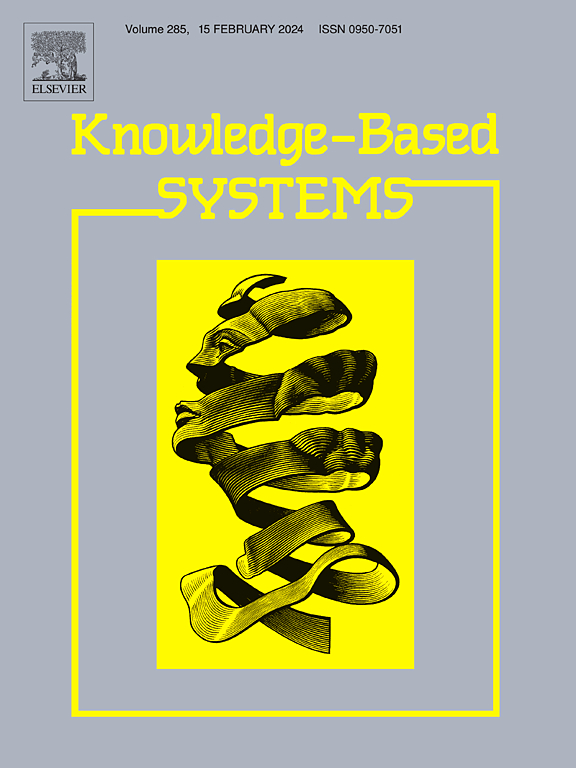通过计算逻辑图提高大型语言模型的数学推理能力
IF 7.6
1区 计算机科学
Q1 COMPUTER SCIENCE, ARTIFICIAL INTELLIGENCE
引用次数: 0
摘要
大型语言模型(llm)的推理能力对于广泛的任务是必不可少的,特别是在数学推理领域。一般的思维链方法在处理简单的推理问题时表现良好,但对于复杂的问题,单一维度的思维链不足以处理多层次的逻辑关系。为了应对这一挑战,本文引入了计算逻辑图(CLG)的概念,旨在提高法学硕士在解决复杂数学问题时的逻辑推理能力。CLG将复杂的数学问题分解为多个简单的中间计算单元,并通过这些单元的多次迭代得到最终答案。一方面,CLG提高了模型从全局角度逐步分解和解决复杂数学问题的能力。另一方面,CLG内部的局部推理过程有助于提高模型在单步计算中的精度。为了开发具有自动构建计算逻辑图能力的模型,我们创建了一个用于复杂数学问题的计算逻辑图数据集,称为计算密集型数学逻辑图(CMLG)数据集。我们使用CMLG数据集对几个开源llm进行了微调。实验结果表明,所提出的CLG方法显著提高了llm在复杂数学推理任务中的性能,在CMLG数据集和其他六个来自不同领域的公开数据集上都表现出色。本文章由计算机程序翻译,如有差异,请以英文原文为准。
Enhancing math reasoning ability of large language models via computation logic graphs
The reasoning capabilities of large language models (LLMs) are essential for a wide range of tasks, particularly in the domain of mathematical reasoning. Common chain of thought methods perform well in handling simple reasoning problems, but for complex problems, a single-dimensional chain of thought is inadequate to address multi-layered logical relationships. To tackle this challenge, this paper introduces the concept of a Computation Logic Graph (CLG), designed to enhance the logical reasoning abilities of LLMs when solving complex mathematical problems. The CLG decomposes complex mathematical problems into multiple simple intermediate computational units, and the final answer is obtained through multiple iterations of these units. On the one hand, the CLG improves the model’s ability to decompose and solve complex mathematical problems step-by-step from a global perspective. On the other hand, the local inference process within the CLG helps enhance the model’s accuracy in single step calculations. To develop models with the ability to construct Computation Logic Graphs automatically, we create a dataset of computational logic graphs for complex mathematical problems, called the Computation-intensive Math Logic Graph (CMLG) dataset. We fine-tune several open-source LLMs using the CMLG dataset. Experimental results demonstrate that the proposed CLG method significantly enhances the performance of LLMs in complex mathematical reasoning tasks, outperforming on both the CMLG dataset and six other publicly available datasets from diverse domains.
求助全文
通过发布文献求助,成功后即可免费获取论文全文。
去求助
来源期刊

Knowledge-Based Systems
工程技术-计算机:人工智能
CiteScore
14.80
自引率
12.50%
发文量
1245
审稿时长
7.8 months
期刊介绍:
Knowledge-Based Systems, an international and interdisciplinary journal in artificial intelligence, publishes original, innovative, and creative research results in the field. It focuses on knowledge-based and other artificial intelligence techniques-based systems. The journal aims to support human prediction and decision-making through data science and computation techniques, provide a balanced coverage of theory and practical study, and encourage the development and implementation of knowledge-based intelligence models, methods, systems, and software tools. Applications in business, government, education, engineering, and healthcare are emphasized.
 求助内容:
求助内容: 应助结果提醒方式:
应助结果提醒方式:


